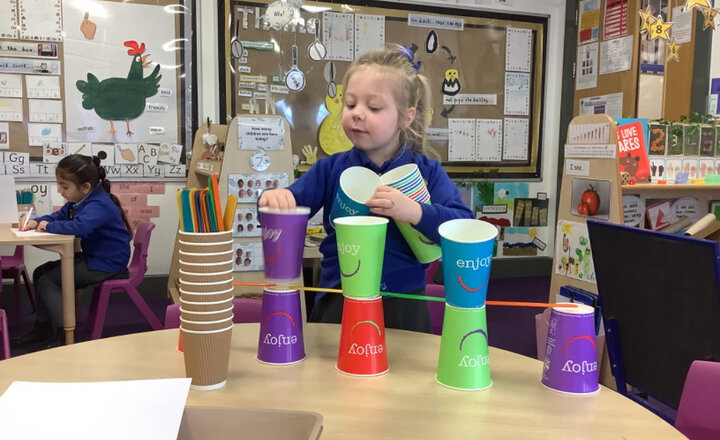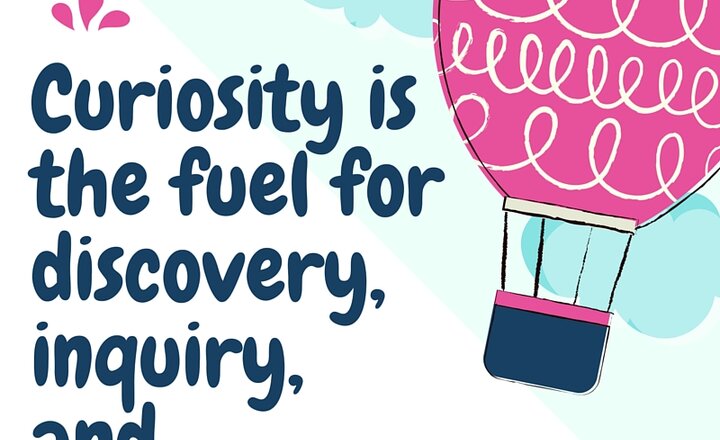Computing

'Everyone should know how to program a computer, because it teaches you how to think!' - Steve Jobs
Intent
In line with the 2014 National Curriculum for Computing, our aim is to provide a high-quality computing education which equips children to use computational thinking and creativity to understand and change the world. Learners will have the opportunity to gain an understanding of computational systems of all kinds, whether or not they include computers.
By the time they leave Chapelford, children will have gained key knowledge and skills in the three main areas of the computing curriculum: computer science (programming and understanding how digital systems work), information technology (using computer systems to store, retrieve and send information) and digital literacy (evaluating digital content and using technology safely and respectfully). The objectives within each strand support the development of learning across the key stages, ensuring a solid grounding for future learning and beyond.
Implementation
At Chapelford, computing is taught using a blocked curriculum approach. This ensures children are able to develop depth in their knowledge and skills over the duration of each of their computing topics. Teachers use Purple Mash, as a starting point for the planning of their computing lessons, which are mapped across each block and year group to ensure systematic progression. We have three laptop trolleys (16 in each), a bank of iPads and fifteen iPads per Upper Phase year group to ensure that all year groups have the opportunity to use a range of devices and programs for many purposes across the wider curriculum, as well as in discrete computing lessons. Employing cross-curricular links motivates pupils and supports them to make connections and remember the steps they have been taught.
The implementation of the curriculum also ensures a balanced coverage of computer science, information technology and digital literacy. The children will have experiences of all three strands in each year group, but the subject knowledge imparted becomes increasingly specific and in depth, with more complex skills being taught, thus ensuring that learning is built upon. For example, children in Key Stage 1 learn what algorithms are, which leads them to the design stage of programming in Key Stage 2, where they design, write and debug programs, explaining the thinking behind their algorithms.
Impact
Our approach to the curriculum results in a fun, engaging, and high-quality computing education. The quality of children’s learning is evident on Purple Mash and Seesaw, a digital platform where pupils can share and evaluate their own work, as well as that of their peers. Evidence such as this is used to feed into teachers’ future planning; teachers are able to revisit misconceptions and knowledge gaps in computing when teaching other curriculum areas. This supports varied paces of learning and ensures all pupils make good progress.
Much of the subject-specific knowledge developed in our computing lessons equip pupils with experiences which will benefit them in secondary school, further education and future workplaces. From research methods, use of presentation and creative tools and critical thinking, computing at Chapelford gives children the building blocks that enable them to persue a wide range of interests and vocations in the next stage of their lives.
Click on the National Curriculum image for the National Curriculum programme of study for Computing.
Related News
.jpeg)


